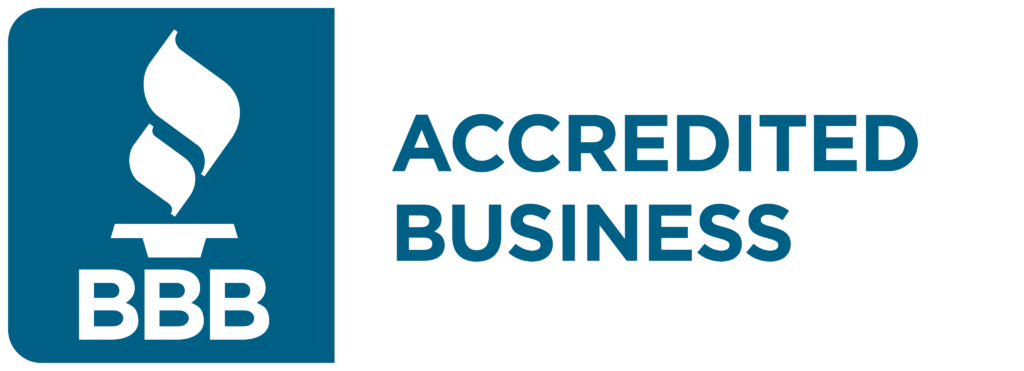
Planning for College
Saving and planning for college is an important financial goal for many families, considering the rising costs of higher education. Here’s a guide to help you save and plan effectively for college expenses:
- Start Early: Begin saving for college as early as possible to take advantage of compounding interest and maximize your savings over time. Even small contributions made regularly can add up significantly over the long term.
- Set College Savings Goals: Determine how much you’ll need to save for college expenses, including tuition, fees, room and board, books, supplies, and other costs. Consider factors such as the type of college or university your child may attend, the duration of the program, and potential future cost increases.
- Explore College Savings Options: There are several tax-advantaged savings options specifically designed for college expenses, including:
- 529 College Savings Plans: State-sponsored investment plans that offer tax-free growth and withdrawals when used for qualified education expenses.
- Coverdell Education Savings Accounts (ESAs): Tax-advantaged accounts that allow you to save for both K-12 and college expenses.
- Custodial Accounts (UGMA/UTMA): Uniform Gifts to Minors Act (UGMA) and Uniform Transfers to Minors Act (UTMA) accounts that allow minors to own securities, including stocks, bonds, and mutual funds, with a designated custodian managing the account until the child reaches the age of majority.
- Roth IRAs: While primarily used for retirement savings, Roth IRAs allow penalty-free withdrawals for qualified education expenses.
- Choose the Right College Savings Vehicle: Evaluate the features and benefits of each college savings option to determine which one best aligns with your financial goals, risk tolerance, and investment preferences. Consider factors such as investment flexibility, contribution limits, tax advantages, and potential penalties for non-qualified withdrawals.
- Contribute Regularly: Make regular contributions to your college savings account(s) to steadily grow your savings over time. Set up automatic contributions if possible to ensure consistency and discipline in your savings efforts.
- Maximize Tax Benefits: Take advantage of tax incentives and benefits associated with college savings plans, such as tax-free growth, tax deductions or credits for contributions, and tax-free withdrawals for qualified education expenses.
- Monitor Investment Performance: Regularly review and monitor the performance of your college savings investments to ensure they are meeting your expectations and staying aligned with your risk tolerance and investment objectives. Consider rebalancing your investment portfolio periodically to maintain diversification and manage risk.
- Explore Financial Aid Options: Research and explore financial aid options, including scholarships, grants, work-study programs, and student loans, to help supplement your college savings and reduce the overall cost of higher education. Complete the Free Application for Federal Student Aid (FAFSA) to determine your eligibility for federal and state financial aid programs.
- Stay Flexible and Adjust as Needed: Be prepared to adjust your college savings strategy and goals as your financial situation, family circumstances, and college plans evolve over time. Stay informed about changes in tax laws, investment options, and college savings programs that may impact your savings strategy.
- Seek Professional Advice: Consider consulting with a financial advisor or college planning specialist to help you develop a comprehensive college savings plan tailored to your individual needs, goals, and circumstances. A qualified advisor can provide personalized guidance, recommend investment strategies, and assist you in navigating the complexities of college funding and financial aid.
By following these steps and proactively saving and planning for college expenses, you can help alleviate the financial burden of higher education and provide your child with the opportunity to pursue their academic goals and aspirations.

